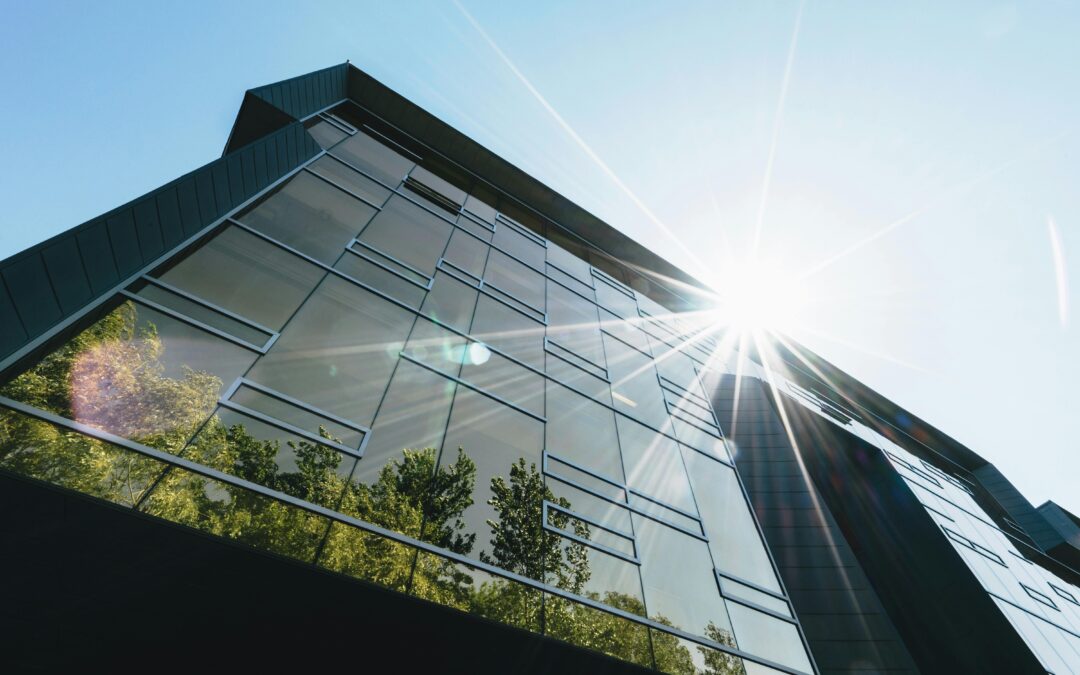The ‘green building’ concept has become the foundation of modern construction. Developers, architects, and environmentally conscious clients increasingly seek Leadership in Energy and Environmental Design (LEED) certification, a globally recognized standard for sustainable building practices. While the focus often falls on energy efficiency and resource management, a significant yet sometimes overlooked element plays an important role: interior partitions. These walls can significantly impact a project’s LEED credentials.
Let’s guide you through selecting partitions that can amplify your space and contribute to an eco-friendly building.
Understanding LEED Certification
LEED Certification is a point-based system in which construction projects earn points for meeting specific green building criteria. Projects are evaluated across various categories, such as energy use, water efficiency, CO2 emissions reduction, improved indoor environmental quality, and sensitivity to their impacts. The more points a project earns, the higher its certification level—Certified, Silver, Gold, or Platinum. This framework encourages architects and engineers to adopt such construction practices, promoting the environment’s health and the well-being of people.
By focusing on resource-efficient practices, LEED-certified buildings help lessen the environmental impacts. These effects are associated with constructing and operating premises, which are significant sources of carbon emissions and energy consumption. LEED certification is about reducing buildings’ footprints and creating healthier, more sustainable places for people to live, work, and play.
The Significance of Choosing the Right Partitions
Beyond their primary function of dividing space, partitions play an important role in achieving LEED certification. Well-designed partitions significantly improve energy efficiency through improved thermal insulation and reduced energy consumption for heating, cooling, and lighting. This contributes to a premises’ sustainability and operational cost efficiency. Additionally, material selection for partitions is important. Utilizing recycled, renewable, or locally sourced materials can improve a project’s LEED points under the material and resources category.
Partitions influence indoor environmental quality by affecting air quality, acoustics, and natural light distribution. Opting for ones with low volatile organic compound (VOC) emissions and those facilitating daylight penetration can create a more productive environment. Beyond LEED considerations, they define spaces, guiding their functionality and aesthetic appeal. By choosing adaptable and modular partitions, buildings can remain flexible to future changes, reducing the need for new materials and minimizing waste.
Selecting the Right Partitions for Your Project
When choosing a partition, several key criteria ensure optimal functionality and contribute to your project’s overall success. Let’s take a look at them:
- Material Selection: Prioritize materials that align with LEED principles. Options with recycled content, such as aluminum or plastic composites, minimize environmental impact. Glass partitions enhance natural light and have a high thermal performance that improves energy efficiency.
- Design and Flexibility: Whether it’s a sleek, minimalistic glass partition or a vibrant, sound-absorbent fabric panel, the design should align with the project’s aesthetic and functional needs. Movable ones, or modular systems, offer the versatility to reconfigure spaces, accommodating various activities and changing requirements.
- Innovation and Sustainability: Sustainable materials are gaining traction, with recycled glass partitions and reclaimed wood panels popular for their minimal environmental impact. Consider the ones with integrated features like writable surfaces or planters, which promote a more interactive and eco-friendly workspace.
If you want to construct environmentally responsible commercial interiors in NYC, Curtis Partition is here to help! Our team of experts can guide you through selecting LEED-compliant partitions that optimize layout, promote occupant health, and contribute to your project’s green building goals. Contact us today, and let’s transform your vision into a sustainable space.

